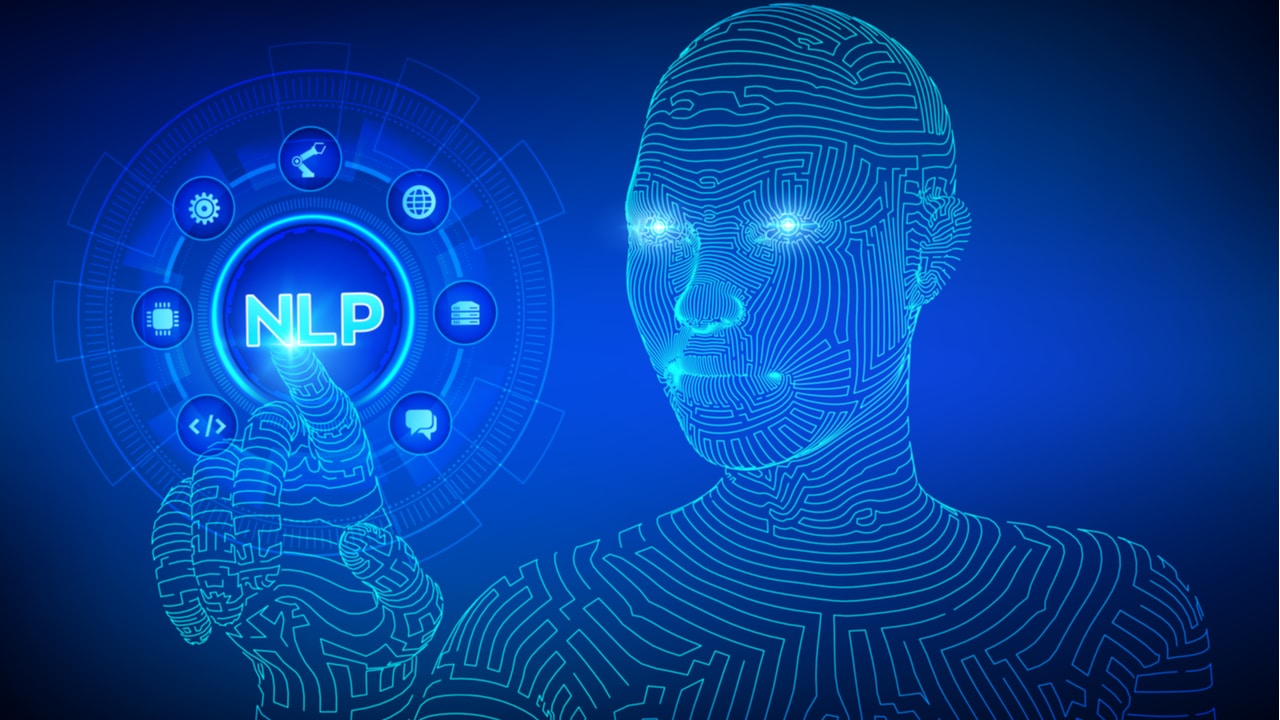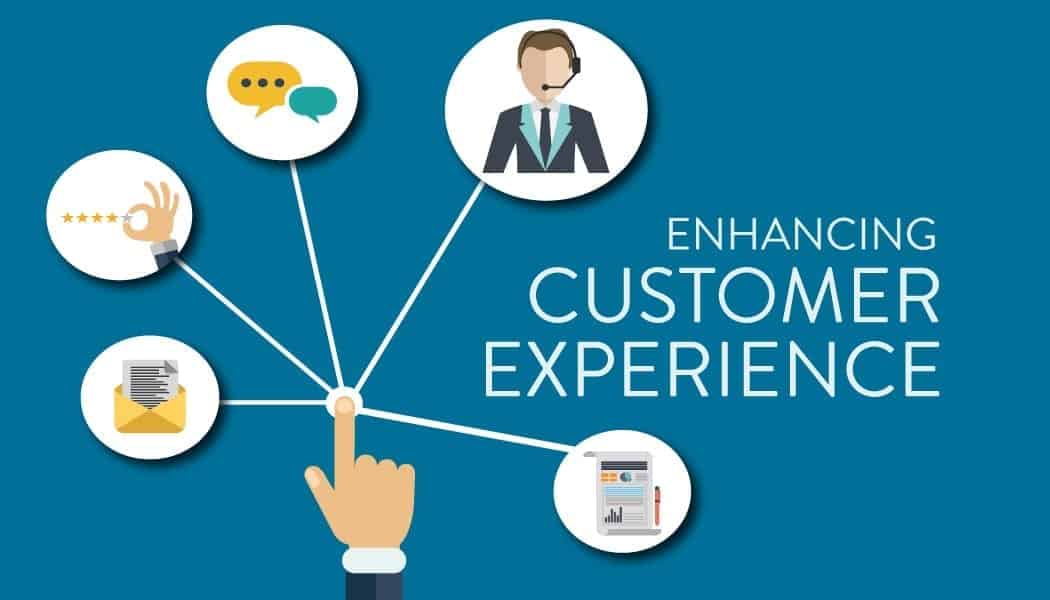

How Technology is Enhancing Customer Experience
In today’s digital age, technology has become an integral part of our daily lives, revolutionizing the way we live, work, and interact with each other. One of the most significant impacts of technology has been on the customer experience, as businesses are leveraging various technologies to deliver personalized, efficient, and seamless experiences to their customers. In this article, we will explore how technology is enhancing customer experience, and what businesses can do to stay ahead of the curve.
Personalization through Data Analytics
One of the most significant advantages of technology is its ability to collect and analyze vast amounts of data. By leveraging data analytics, businesses can gain insights into customer behavior, preferences, and pain points, enabling them to deliver personalized experiences that cater to individual needs. For instance, online retailers can use data analytics to recommend products based on a customer’s browsing history, purchase behavior, and search queries. This level of personalization not only enhances customer satisfaction but also increases loyalty and drives repeat business.
Artificial Intelligence (AI) and Chatbots
AI-powered chatbots have become a popular tool for businesses to provide 24/7 customer support. These chatbots can engage with customers in real-time, answering their queries, resolving issues, and even helping them make purchases. The AI algorithms used in chatbots enable them to learn from customer interactions, improving their responses and accuracy over time. For example, a chatbot can help a customer track their order, provide product recommendations, or assist with returns and refunds.
Mobile Apps and Omnichannel Experience
Mobile apps have become an essential tool for businesses to provide customers with a seamless and convenient experience. By developing mobile apps that integrate with their online platforms, businesses can enable customers to access their services and products on-the-go. This omnichannel approach ensures that customers can engage with the business through their preferred channel, whether it be through the mobile app, website, or physical store.
Virtual and Augmented Reality
Virtual and augmented reality (VR/AR) technologies are revolutionizing the customer experience by providing immersive and interactive experiences. For instance, fashion retailers can use VR/AR to enable customers to virtually try on clothes, reducing the need for physical try-ons and returns. Similarly, home decor retailers can use VR/AR to allow customers to visualize furniture and decor in their homes before making a purchase.
Real-time Feedback and Reviews
Technology has made it easier for customers to provide feedback and reviews about their experiences. Social media, review websites, and mobile apps enable customers to share their opinions and ratings in real-time, allowing businesses to respond promptly and make improvements. This real-time feedback loop enables businesses to identify areas for improvement, improve their services, and enhance customer satisfaction.
Automation and Efficiency
Automation technologies, such as robotic process automation (RPA), are streamlining business processes, reducing errors, and increasing efficiency. By automating repetitive tasks, businesses can free up resources to focus on higher-value activities, such as customer service and innovation. For example, RPA can be used to automate order processing, invoice generation, and payment processing, enabling businesses to respond quickly to customer requests.
Biometric Authentication
Biometric authentication technologies, such as facial recognition, fingerprint scanning, and voice recognition, are enhancing security and convenience for customers. By using biometric authentication, customers can securely log in to their accounts, make purchases, and access services without having to remember passwords or PINs.
Wearable Technology and IoT
Wearable technology and the Internet of Things (IoT) are enabling businesses to collect data and insights about customer behavior, preferences, and needs. For example, fitness trackers can provide data about a customer’s physical activity, enabling businesses to offer personalized fitness programs and health advice. Similarly, IoT devices can provide insights into customer behavior in physical stores, enabling businesses to optimize their layouts, product placement, and customer service.
Enhancing Customer Experience through Technology
To stay ahead of the curve, businesses must prioritize customer experience and leverage technology to deliver personalized, efficient, and seamless experiences. Here are some strategies that businesses can use to enhance customer experience through technology:
- Invest in data analytics: Collect and analyze customer data to gain insights into their behavior, preferences, and pain points.
- Implement AI-powered chatbots: Provide 24/7 customer support through AI-powered chatbots that can engage with customers in real-time.
- Develop mobile apps: Develop mobile apps that integrate with online platforms to provide customers with a seamless and convenient experience.
- Use VR/AR technologies: Provide immersive and interactive experiences through VR/AR technologies to engage customers and enhance their experiences.
- Encourage real-time feedback: Encourage customers to provide feedback and reviews through social media, review websites, and mobile apps.
- Automate processes: Automate repetitive tasks through RPA and other automation technologies to increase efficiency and reduce errors.
- Use biometric authentication: Use biometric authentication technologies to enhance security and convenience for customers.
- Leverage wearable technology and IoT: Collect data and insights about customer behavior, preferences, and needs through wearable technology and IoT devices.
Conclusion
Technology has revolutionized the customer experience, providing businesses with the tools and insights to deliver personalized, efficient, and seamless experiences. By leveraging data analytics, AI-powered chatbots, mobile apps, VR/AR technologies, real-time feedback, automation, biometric authentication, and wearable technology and IoT, businesses can stay ahead of the curve and enhance customer satisfaction, loyalty, and retention. As technology continues to evolve, businesses must prioritize customer experience and innovate to stay ahead of the competition.




